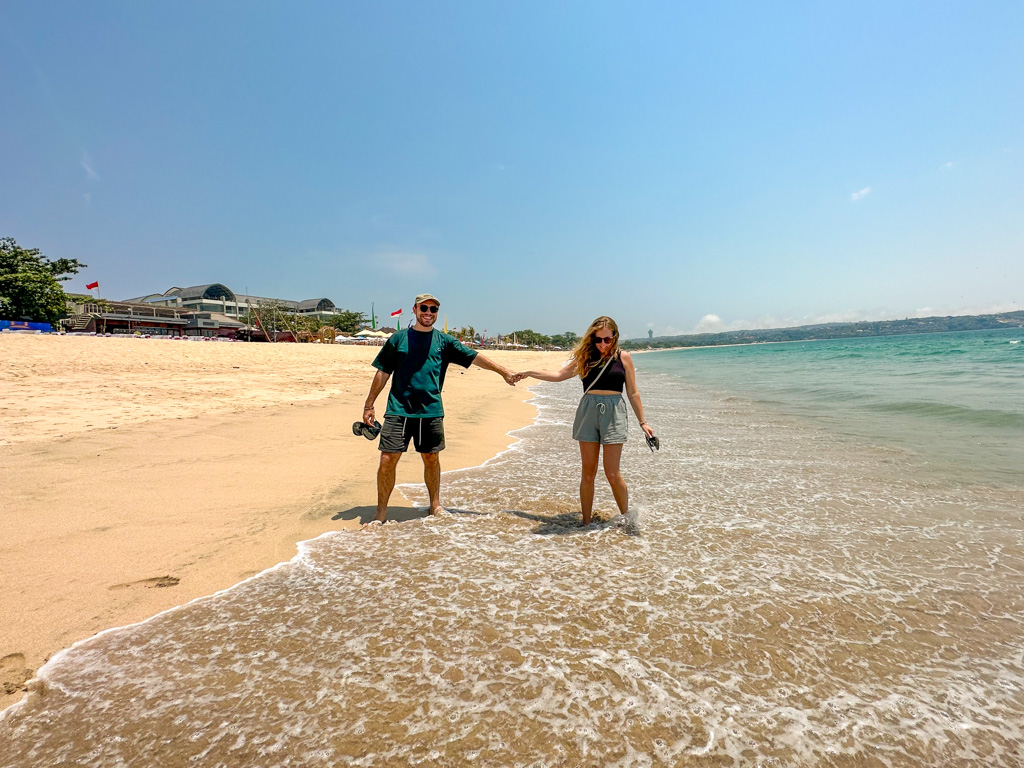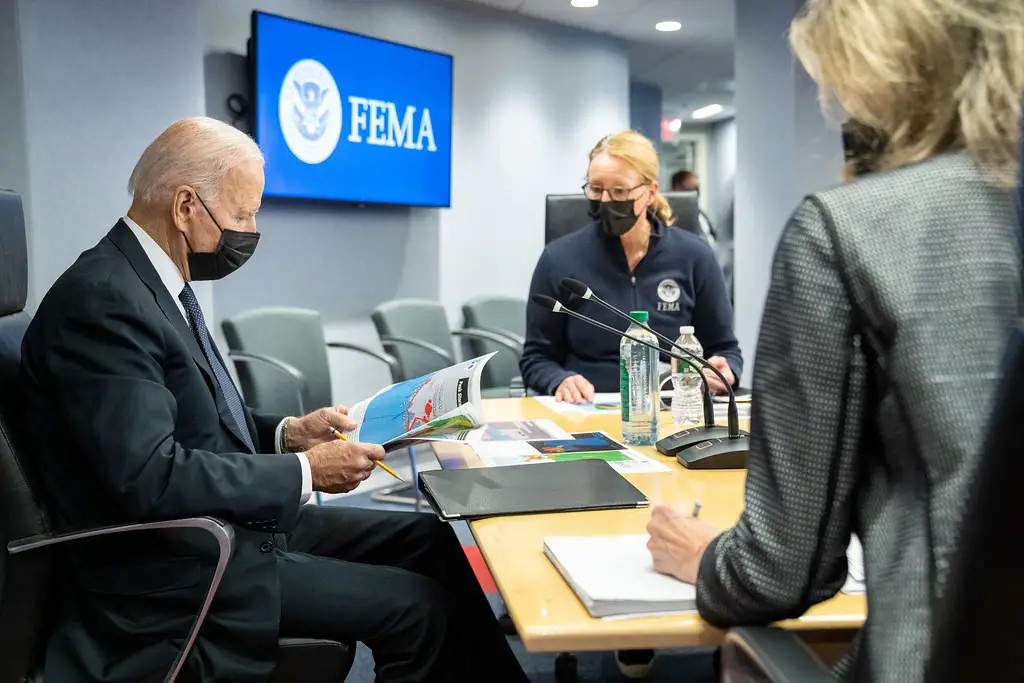Bali Belly: A Comprehensive Guide To Diagnosis And Management

Table of Contents
Understanding Bali Belly: Causes and Symptoms
What is Bali Belly?
Bali Belly, also known as traveler's diarrhea, is a common gastrointestinal illness affecting tourists visiting Bali and other tropical regions. It's characterized by symptoms like diarrhea, abdominal cramps, and nausea, and can significantly impact your travel experience. Millions of travelers experience this each year, making it a crucial topic to understand before your trip.
Common Causes of Bali Belly:
Bali Belly is primarily caused by consuming contaminated food or water. Several pathogens can be responsible:
- Bacterial infections: E. coli, Salmonella, and Shigella are common culprits, often found in undercooked meat, unwashed produce, and contaminated water.
- Viral infections: Rotavirus and norovirus can also cause traveler's diarrhea, often spread through fecal-oral contamination.
- Parasitic infections: Giardia and amoeba are parasites that can contaminate water sources and cause significant gastrointestinal distress.
- Food poisoning: Improper food handling and storage contribute to food poisoning, leading to symptoms of Bali Belly.
- Hygiene factors: Lack of proper handwashing is a major contributor to the spread of infectious agents responsible for Bali belly.
Recognizing the Symptoms of Bali Belly:
Recognizing the symptoms is crucial for timely management. Common signs include:
- Watery diarrhea: This is the most prominent symptom of Bali belly, often occurring multiple times a day.
- Abdominal cramps and pain: These cramps can range from mild discomfort to severe pain.
- Nausea and vomiting: These symptoms often accompany diarrhea, leading to dehydration.
- Fever: A fever may indicate a more severe infection.
- Dehydration: Signs of dehydration include excessive thirst, dry mouth, decreased urination, dizziness, and weakness. Dehydration is a serious complication of Bali Belly and requires prompt attention.
Diagnosing Bali Belly: When to Seek Medical Attention
Self-Diagnosis vs. Professional Help:
While many cases of Bali Belly resolve spontaneously, self-diagnosing can be risky. Relying solely on home remedies for severe symptoms can delay appropriate treatment and lead to complications.
Signs Requiring Immediate Medical Attention:
Seek immediate medical attention if you experience:
- Severe dehydration: This is a life-threatening complication requiring intravenous fluids.
- Bloody diarrhea: Blood in the stool suggests a more serious infection.
- High fever: A persistent high fever warrants professional medical evaluation.
- Persistent vomiting: Inability to keep down fluids increases the risk of dehydration.
- Severe abdominal pain: Intense abdominal pain could indicate a serious underlying condition.
Diagnostic Tests:
A doctor might order a stool test to identify the specific pathogen causing your Bali Belly. This helps guide treatment and prevents the spread of infection. Other tests may be needed depending on symptoms.
Managing Bali Belly: Effective Treatment Strategies
Home Remedies for Mild Cases:
For mild cases, these home remedies can help alleviate symptoms:
- Oral rehydration solutions (ORS): ORS, available at pharmacies, replenishes lost fluids and electrolytes. Follow package instructions carefully.
- Rest: Allow your body time to recover.
- Bland diet (BRAT diet): Bananas, rice, applesauce, and toast are easy to digest and can help soothe your stomach.
- Avoiding dairy and high-fat foods: These can worsen diarrhea.
- Probiotics: Probiotics may help restore gut flora balance. Consult a healthcare professional before use.
Medical Treatment for Severe Cases:
Severe cases may require medical intervention:
- Antibiotics: Antibiotics are prescribed only when a bacterial infection is confirmed and are not effective against viral or parasitic infections.
- Anti-parasitic medications: These are necessary for parasitic infections.
- Anti-diarrheal medications: These can reduce the frequency of bowel movements but should be used cautiously as they may prolong the illness.
- Intravenous fluids: Severe dehydration requires intravenous fluid replacement in a hospital setting.
Preventing Bali Belly: Proactive Measures for a Healthy Trip
Food Safety Precautions:
Practicing good food safety is crucial for preventing Bali Belly:
- Choosing reputable restaurants: Opt for establishments with high hygiene standards.
- Avoiding raw or undercooked food and drinks: Thoroughly cook meat, poultry, seafood, and eggs.
- Peeling fruits and vegetables: This removes potential contaminants from the surface.
- Drinking bottled or purified water: Avoid tap water, ice cubes made from tap water, and unpasteurized beverages.
- Avoiding ice in drinks: Ice cubes can be contaminated.
Hygiene Practices:
Maintaining good hygiene is vital:
- Frequent handwashing with soap and water: Wash your hands frequently, especially before eating and after using the toilet.
- Avoiding touching your mouth and face: This helps prevent the spread of germs.
Pre-Travel Vaccinations and Medications:
Consult your doctor about pre-travel vaccinations and whether prophylactic antibiotics are appropriate for your circumstances. This is especially important for individuals with compromised immune systems.
Conclusion
Bali Belly can significantly impact your travel experience, but by understanding its causes, symptoms, and management strategies, you can minimize your risk and ensure a healthy trip. Remember, prevention is key. By following the food safety and hygiene guidelines outlined above, you can significantly reduce your chances of developing Bali Belly. If symptoms are severe, always seek professional medical attention. Don't let the fear of Bali Belly stop you from enjoying your Balinese adventure – be prepared and travel smart! Learn more about preventing and managing Bali Belly to have a safe and memorable trip.

Featured Posts
-
 Arsenals Record Breaking Pursuit A World Class Striker For Arteta
May 28, 2025
Arsenals Record Breaking Pursuit A World Class Striker For Arteta
May 28, 2025 -
 Canada Post Overhaul A Symptom Of Broader Federal Inefficiency
May 28, 2025
Canada Post Overhaul A Symptom Of Broader Federal Inefficiency
May 28, 2025 -
 Rent Freeze Plan Excludes Private Landlords
May 28, 2025
Rent Freeze Plan Excludes Private Landlords
May 28, 2025 -
 Rent Freeze Expiration The Impact On Tenant Living Conditions
May 28, 2025
Rent Freeze Expiration The Impact On Tenant Living Conditions
May 28, 2025 -
 Athletics Fall To Marlins In Walk Off Grand Slam Defeat
May 28, 2025
Athletics Fall To Marlins In Walk Off Grand Slam Defeat
May 28, 2025
Latest Posts
-
 British Columbias Top 5 Lng Projects Are They Meeting Expectations
May 30, 2025
British Columbias Top 5 Lng Projects Are They Meeting Expectations
May 30, 2025 -
 8 Ways Trumps Trade War Is Reshaping The Canadian Economy
May 30, 2025
8 Ways Trumps Trade War Is Reshaping The Canadian Economy
May 30, 2025 -
 From Rally To Victory Alcarazs Monaco Conquest
May 30, 2025
From Rally To Victory Alcarazs Monaco Conquest
May 30, 2025 -
 Alcarazs Hard Fought Monte Carlo Masters Victory
May 30, 2025
Alcarazs Hard Fought Monte Carlo Masters Victory
May 30, 2025 -
 British Columbias Lng Industry A Review Of Current Projects
May 30, 2025
British Columbias Lng Industry A Review Of Current Projects
May 30, 2025
